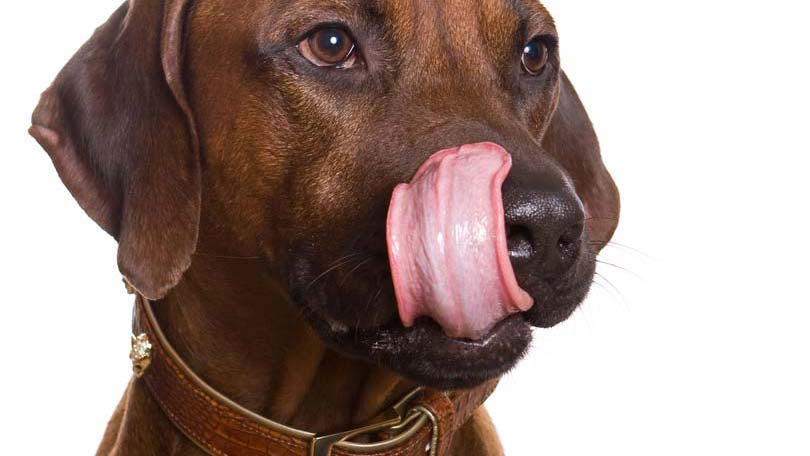Switching Dog Food
The bag of dog food is empty and your starving dog looks at you imploringly with those big brown eyes, beseeching you to scoop kibble into their dish. It does not matter that he ate five minutes ago and that is why the bag is empty, dogs are always ready for another meal and look to us as the provider of food. As a good pet owner, you head off to the pet store to pick up another bag of kibble only to find that they are out of your dog’s regular food. What do you do? You buy what looks similar and is within the right price range.
A few hours later, mealtime comes around and you open the new bag of food. Your dog is more excited than usual (if that is even possible!) at the new smells emanating from the bag and the tail wags even faster. He gobbles down the bowl with great relish, licking his lips, and throws you a look of ‘thank you’ when he is done.
A few more hours go by and his stomach starts to rumble and growl. He asks to go outside and proceeds to squirt out his food for the day. This continues all night and once again you wonder why this keeps happening to your poor pooch! Maybe you wonder what he might have gotten into that would upset him stomach so quickly but do you ever stop to wonder if maybe it is the new food?
Dogs eat the same food at every meal for days, weeks, months, and in some cases, years on end. If you suddenly switch their food, would it only make sense that it would cause some digestive upset? Switching dog food is a common enough occurrence as a dog owner but how many of us actually do it the right way so there is little to no impact on their dog’s digestive system?
Switching Dog Food the Right Way
A gradual switch from one food to a new food is the only way to guarantee the minimal amount of digestive upset for your dog. This means over a course of four to seven days depending on the sensitivity of your dog’s stomach and the degree of difference between the old food and the new.
The first step is to make sure you purchase the new food before the old bag of food runs out! This is difficult at times but mandatory for an easy conversion. If possible, buy the new bag when there is still three days worth of meals in the old bag, this gives enough ‘left overs’ to ensure an easy switch.
Switching Dog Food in a Dog with a Normal Digestive System
For a dog that has a rock solid digestive system who rarely suffers any digestive upset, the switch does not have to be as gradual as with more sensitive dogs.
On the first day, mix the food three parts old food, one part new food. Feed him both his meals this way. On the second day, feed him half and half and the following day should be three parts new food, one part new food. By the fourth day, he can now eat the new diet entirely without any concern of an upset stomach.
Switching Dog Food in a Dog with a Sensitive Stomach
This slower system can also be used when you are switching very different diets such as kibble to a homemade diet or vice versa.
Day one should include nine parts old diet, one part new diet. The following day eight parts old diet, two parts new diet. This continues, one part at a time until the dog is completely switched over to the new diet. This may seem time consuming and frustrating but then so is dealing with a preventable case of diarrhea in your dog with a sensitive stomach!
Switching dog food the proper way, gradually and over a space of four to ten days will save you time, and potentially money, in the long run. More importantly, it saves your dog the physical distress of an upset stomach!

Having discovered a fondness for insects while pursuing her degree in Biology, Randi Jones was quite bugged to know that people usually dismissed these little creatures as “creepy-crawlies”.







